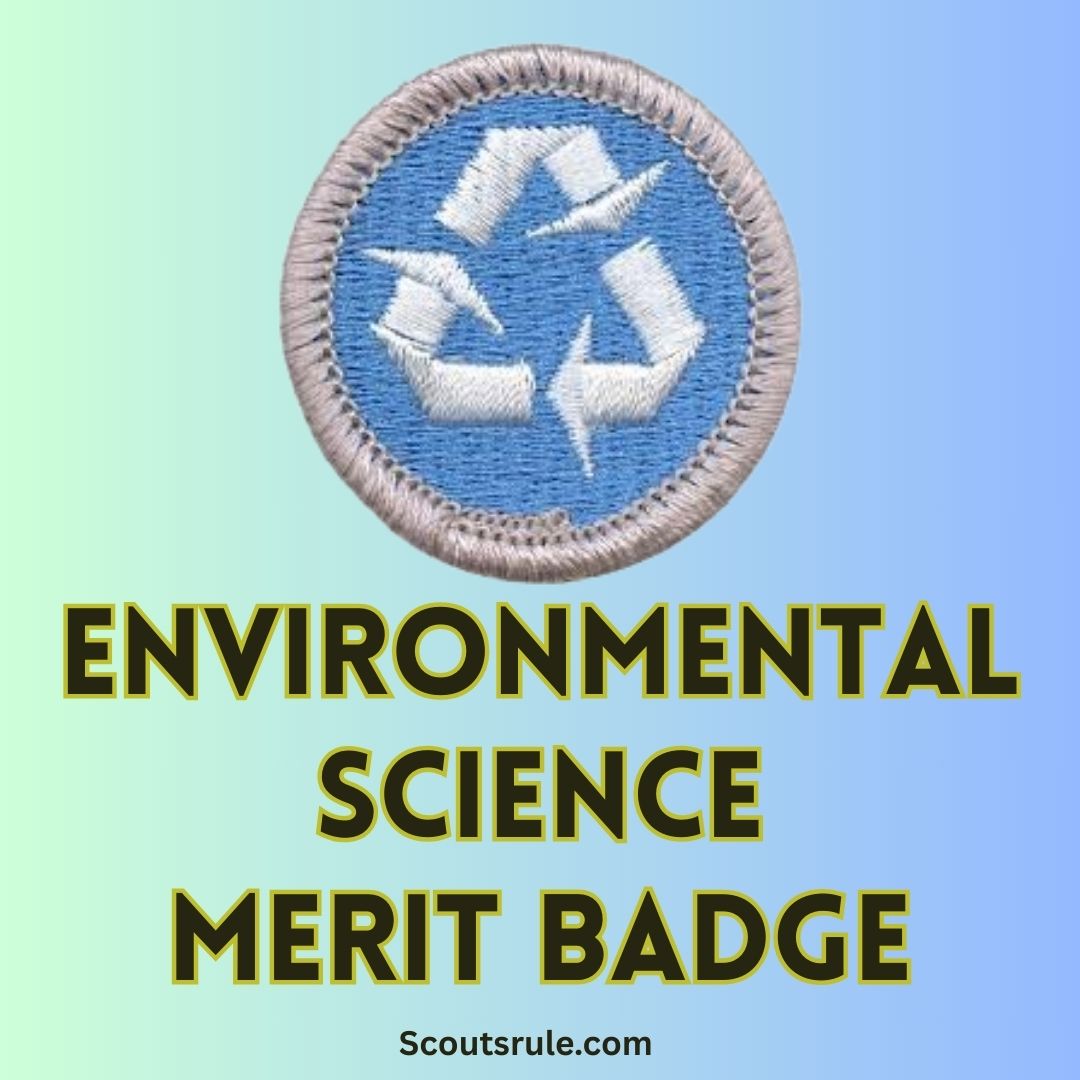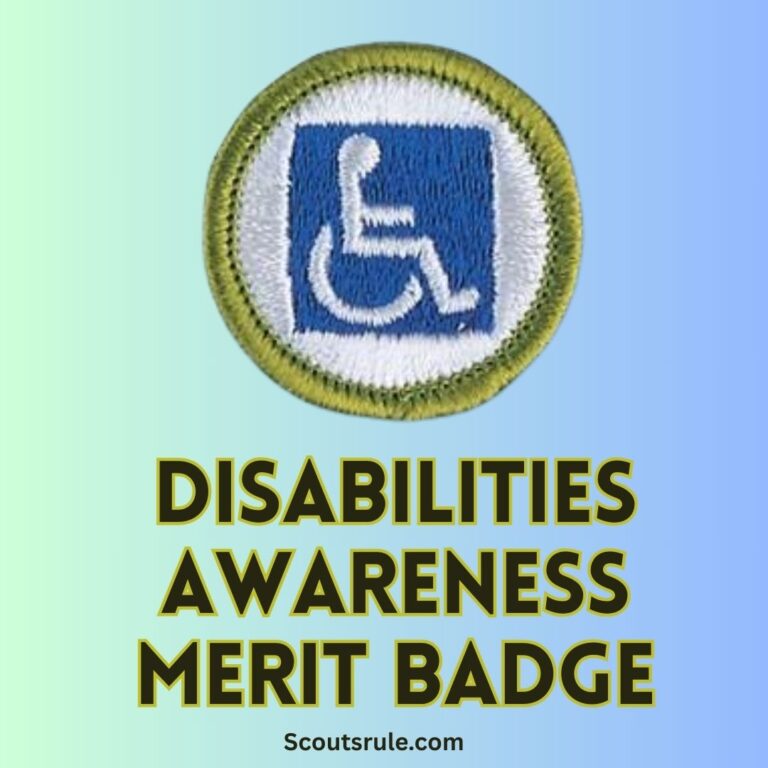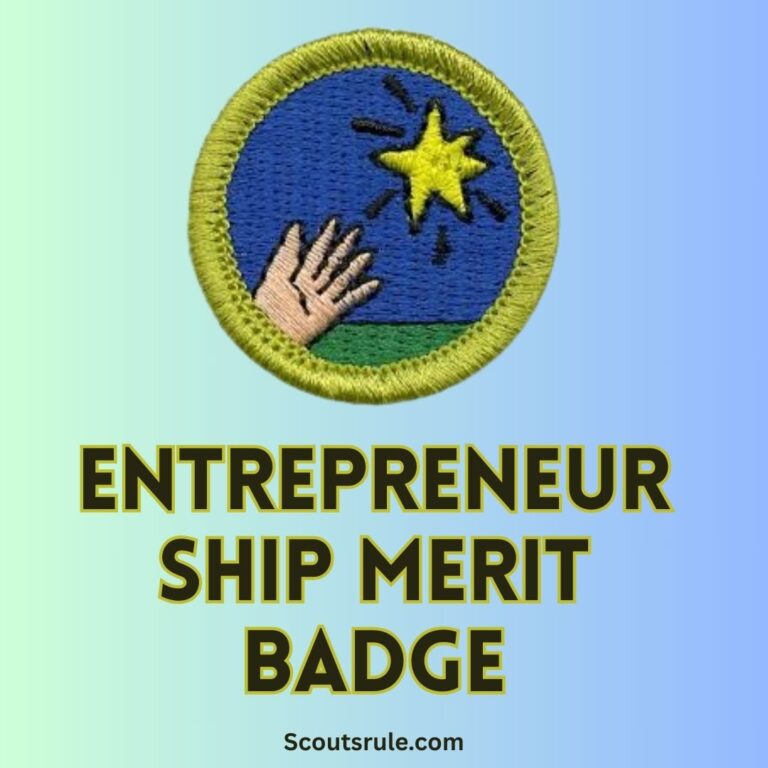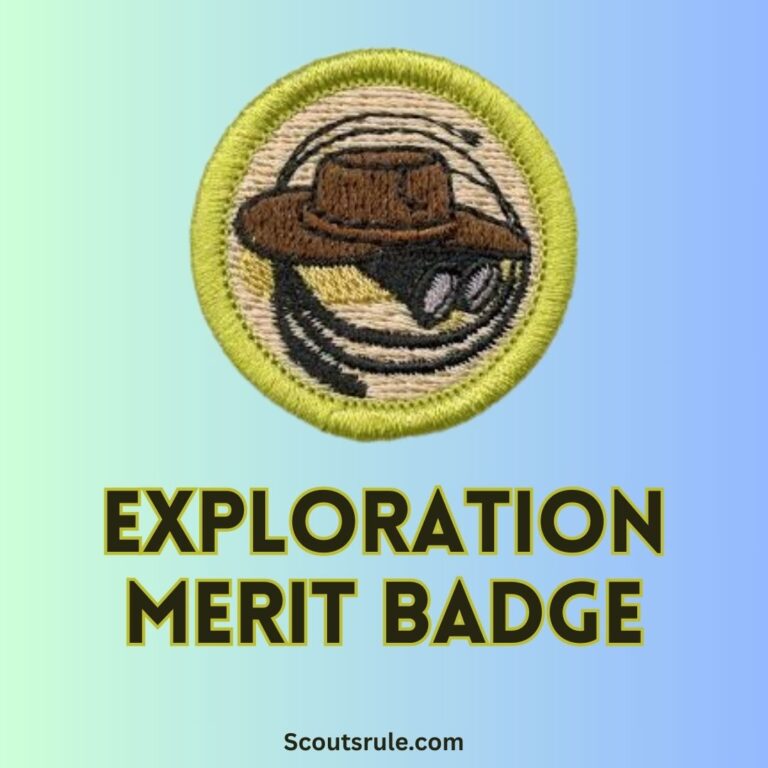
The Environmental Science Merit Badge is an opportunity for Scouts to deepen their understanding of the natural world and the challenges it faces. By earning this badge, you’ll learn about ecosystems, pollution, conservation, and sustainability. You’ll also conduct experiments, analyze data, and explore ways to protect the environment.
This guide will walk you through each requirement, offering tips, examples, and insights to help you succeed. Let’s dive into the details!
Post Contents
- 1. Understanding Environmental Science
- 2. Exploring the History of Environmental Science
- 3. Conducting Experiments
- 4. Analyzing Environmental Issues
- 5. Exploring Rare, Threatened, and Endangered Species
- 6. Pollution Prevention and Conservation
- 7. Conducting an Environmental Impact Study
- Frequently Asked Questions (FAQs)
- Conclusion
1. Understanding Environmental Science
Requirement 1: Define Key Terms
- Task: Define the following terms and explain their significance:
- Population
- Community
- Ecosystem
- Biosphere
- Symbiosis
- Niche
- Habitat
- Conservation
- Threatened Species
- Endangered Species
- Extinction
- Pollution Prevention
- Brownfield
- Ozone
- Watershed
- Airshed
- Nonpoint Source
- Hybrid Vehicle
- Fuel Cell
Tips:
- Use the merit badge pamphlet or reliable online resources to research these terms.
- Relate each term to real-world examples to demonstrate your understanding.
- Discuss how these concepts connect to environmental challenges and solutions.
2. Exploring the History of Environmental Science
Requirement 2: Create a Timeline
- Task: Make a timeline of the history of environmental science in America. Include key events, people, and contributions made by the Boy Scouts of America.
Examples of Events to Include:
- The establishment of the National Park Service in 1916.
- The publication of Rachel Carson’s Silent Spring in 1962.
- The first Earth Day in 1970.
Tips:
- Highlight the role of Scouts in conservation efforts, such as tree planting or recycling campaigns.
- Use visuals like charts or illustrations to make your timeline engaging.
3. Conducting Experiments
Requirement 3: Complete Activities in Seven Categories
- Task: Choose one activity from seven of the following eight categories:
- Ecology
- Air Pollution
- Water Pollution
- Land Pollution
- Endangered Species
- Pollution Prevention, Resource Recovery, and Conservation
- Environmental Impact
- Sustainability
Examples of Activities:
- Ecology: Conduct an experiment to observe how living things respond to changes in their environment.
- Air Pollution: Test for particulates in the air using a simple filter.
- Water Pollution: Investigate the effects of oil spills on waterfowl.
- Land Pollution: Demonstrate soil erosion using water and different soil types.
Tips:
- Follow the instructions in the merit badge pamphlet for each activity.
- Keep detailed notes and photographs of your experiments to share with your counselor.
- Reflect on what you learned and how it applies to real-world environmental issues.
4. Analyzing Environmental Issues
Requirement 4: Research and Discuss Environmental Issues
- Task: Choose two environmental issues and discuss their causes, effects, and possible solutions with your counselor.
Examples of Issues:
- Climate change and its impact on ecosystems.
- Plastic pollution in oceans and its effects on marine life.
Tips:
- Use credible sources for your research, such as government websites or scientific journals.
- Focus on actionable solutions, such as reducing waste or supporting renewable energy.
5. Exploring Rare, Threatened, and Endangered Species
Requirement 5: Research a Species
- Task: Choose a rare, threatened, or endangered species and learn about its habitat, threats, and conservation efforts.
Examples of Species:
- Bald eagle (once endangered, now recovered).
- Sea turtles (threatened by plastic pollution and habitat loss).
Tips:
- Visit a local zoo, wildlife refuge, or conservation center to learn more about the species.
- Discuss how individuals and communities can help protect endangered species.
6. Pollution Prevention and Conservation
Requirement 6: Explore Pollution Prevention
- Task: Discuss ways to prevent pollution, recover resources, and conserve energy.
Examples of Topics:
- Recycling programs and their benefits.
- Energy-efficient technologies, such as LED lighting or hybrid vehicles.
Tips:
- Share examples of pollution prevention efforts in your community.
- Reflect on how Scouts can lead by example in promoting sustainability.
7. Conducting an Environmental Impact Study
Requirement 7: Analyze an Environmental Impact
- Task: Conduct an environmental impact study of a project or activity in your community.
Examples of Projects:
- Construction of a new building and its effects on local wildlife.
- Expansion of a park and its benefits for the community.
Tips:
- Work with local organizations or government agencies to gather data.
- Present your findings in a clear and organized report.
Frequently Asked Questions (FAQs)
General Questions
Q: What is the Environmental Science Merit Badge about?
A: This badge focuses on understanding ecosystems, pollution, conservation, and sustainability. It challenges Scouts to conduct experiments, analyze data, and explore ways to protect the environment.
Q: Is this badge required for Eagle Scout?
A: Yes, the Environmental Science Merit Badge is one of the Eagle-required badges. Alternatively, Scouts can earn the Sustainability Merit Badge to fulfill this requirement.
Q: How long does it take to complete this badge?
A: The time required varies depending on the experiments and research involved. Most Scouts complete it within 1-3 months.
Experiments and Activities
Q: Do I need special equipment for the experiments?
A: Most experiments can be done with simple materials, such as jars, soil, or water. Check the merit badge pamphlet for specific instructions.
Q: Can I work on this badge with a group?
A: Yes, some activities can be done in a group setting, but you’ll need to document your individual contributions.
Q: What if my experiment doesn’t work as expected?
A: That’s okay! Share your observations and discuss what you learned with your counselor. Science is about exploration and discovery.
Research and Discussions
Q: How do I choose environmental issues to research?
A: Pick topics that interest you or are relevant to your community, such as air quality or water conservation.
Q: What sources should I use for research?
A: Use credible sources, such as government websites, scientific journals, or environmental organizations.
Q: How do I prepare for discussions with my counselor?
A: Take notes on your research, prepare questions, and be ready to share your thoughts and reflections.
Endangered Species
Q: How do I choose a species to research?
A: Consider species that are native to your area or those you find interesting. Your counselor can also provide suggestions.
Q: Can I visit a zoo or wildlife center for this requirement?
A: Yes, visiting a zoo or wildlife center is a great way to learn about endangered species and their conservation.
Environmental Impact Study
Q: What is an environmental impact study?
A: It’s an analysis of how a project or activity affects the environment, including its benefits and potential harm.
Q: How do I choose a project to study?
A: Look for projects in your community, such as construction, park development, or conservation efforts.
Q: What should I include in my report?
A: Include details about the project, its environmental impact, and possible solutions or improvements.
Tips for Success
- Start Early: Some requirements involve long-term projects, so begin as soon as possible.
- Stay Organized: Keep detailed notes and records of your experiments and research.
- Ask Questions: Don’t hesitate to seek guidance from your counselor or other experts.
- Reflect on Your Learning: Think about how the lessons from this badge apply to your daily life and community.
- Take Action: Use what you’ve learned to make a positive impact on the environment.
Conclusion
The Environmental Science Merit Badge is more than just a requirement for Eagle Scout—it’s an opportunity to explore the natural world, understand environmental challenges, and take action to protect our planet. By completing the badge requirements, you’ll gain valuable skills in scientific inquiry, critical thinking, and environmental stewardship. Embrace this journey as a chance to grow, learn, and make a difference.

Hi, Robin here, A former lead Scout and here I share my inspiring stories about USA Scouts, leadership, adventure, how to guides and more.






